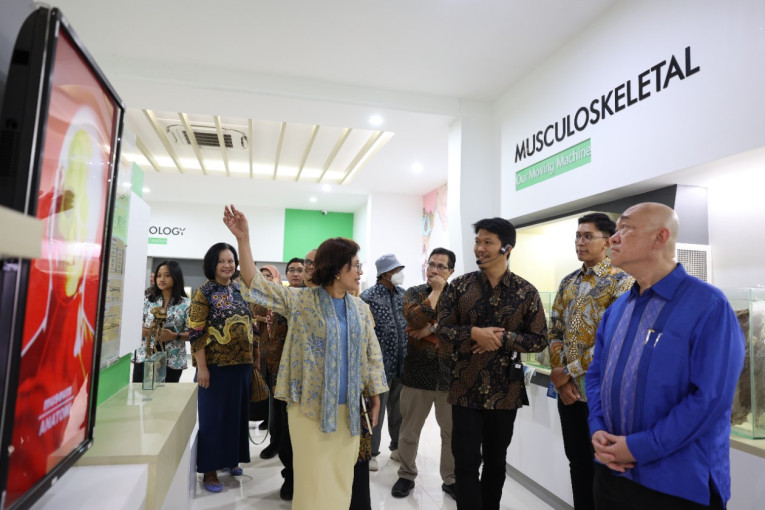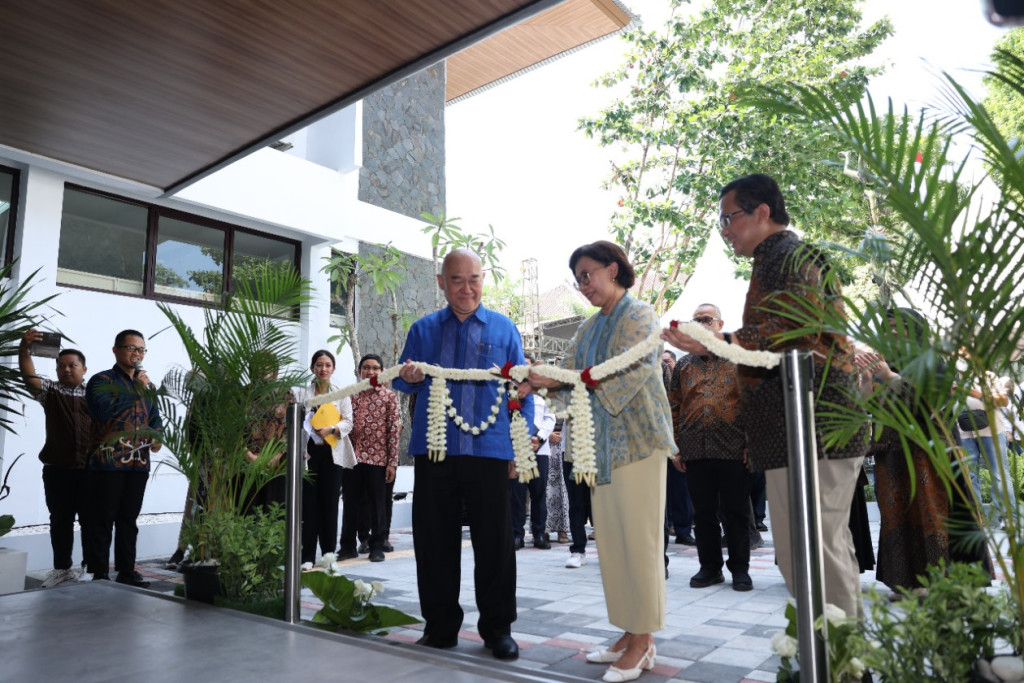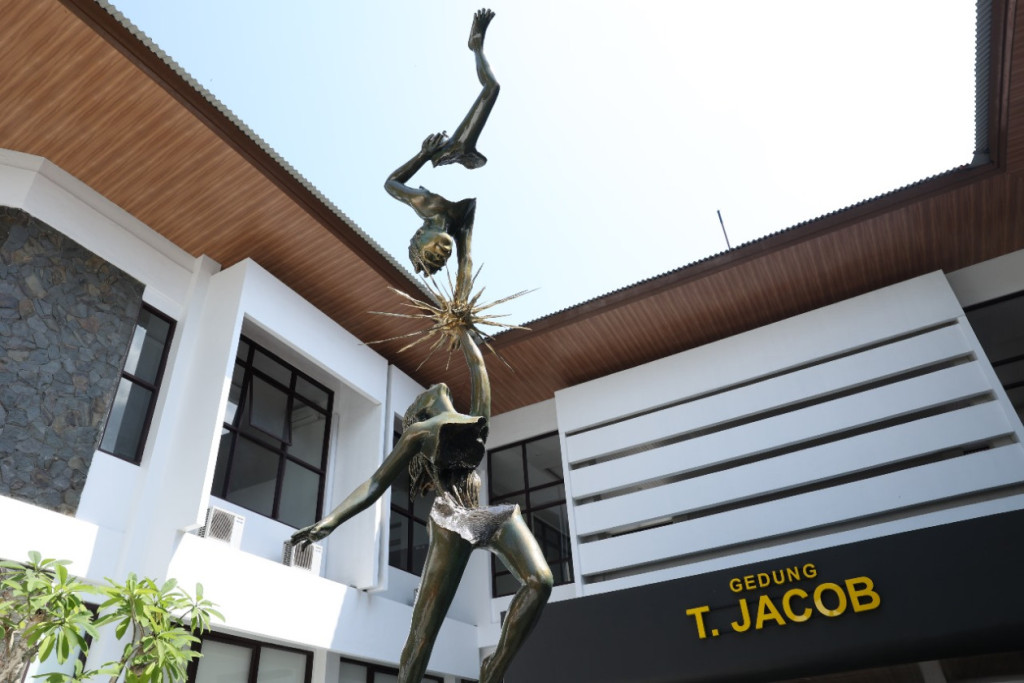
Rector of Universitas Gadjah Mada (UGM), Professor Ova Emilia, inaugurated the Bio-Paleoanthropology Museum and Anatomy Museum at the UGM Faculty of Medicine, Public Health, and Nursing (FK-KMK UGM) on Monday (Oct. 28).
This inauguration marks the completion of the revitalization of both museums, supporting the advancement of knowledge in medicine, biology, paleoanthropology, and anatomy.
According to Professor Emilia, the integration of these two museums makes UGM’s Bio-Paleoanthropology Museum the only one of its kind in Indonesia. It will serve as a center of excellence with a curated fossil collection that will be preserved and utilized for academic development.
She noted that the museum provides visitors with a unique educational experience through its visual references and diverse displays, fostering curiosity that aids learning.
“It will certainly spark a beneficial curiosity that sharpens scientific understanding,” she stated.
Professor Emilia hopes the museums will be accessible to academic visitors and the general public, enhancing knowledge and offering new experiences through the collections on display.
“We hope these museums, inaugurated today, will inspire innovative knowledge,” she remarked.

Dean of FK-KMK UGM Professor Yodi Mahendradhata expressed that the revitalization of the museums also serves as a tribute to Professor Teuku Jacob, a prominent figure in paleoanthropology from UGM whose name graces the museum building.
Professor Jacob, a former UGM Rector, was renowned for his humility and contributions, which aligned with the museum’s revitalization concept of ugahari (simplicity).
Professor Mahendradhata highlighted three sculptures that were placed in front of the museum. The first is a statue of Homo erectus, and the second represents Homo sapiens, symbolizing the end of discrimination based on race or ethnicity.
“The third statue, our main icon, is ‘The End Encounter of Primate’—a symbolic meeting between two primate children across time, reflecting the journey of human evolution,” he explained.
He further noted that the Bio-Paleoanthropology Museum is combined with the Anatomy Museum to form an integral resource at the faculty, serving as a reference center in human anatomy.
This combined museum is envisioned as a place where history, science, and education converge, providing a comprehensive learning experience for students, researchers, and the wider public.
“These museums are not merely spaces for storing artifacts and collections; they are bridges between the past and the future, uniting us in our quest to understand evolution, history, and the human body,” Professor Mahendradhata said.

In the museum revitalization effort, UGM partnered with PT AKR Corporindo, Tbk, which provided support through interactive technology, modern exhibition spaces, and enhanced collection display systems.
This collaboration aims to improve the museums’ functionality and appeal, making them more engaging and informative. Combining science, history, and technology, these museums will offer new insights into life, from biological evolution to the complexity of human anatomy.
Author: Triya Andriyani
Photographer: Firsto

